Conflict on our Doorstep – Seal Populations and the Fishing Community
Approximately 33% of the world’s common seal population is found in the British Isles (27,430) and 85% of this population in Scotland.
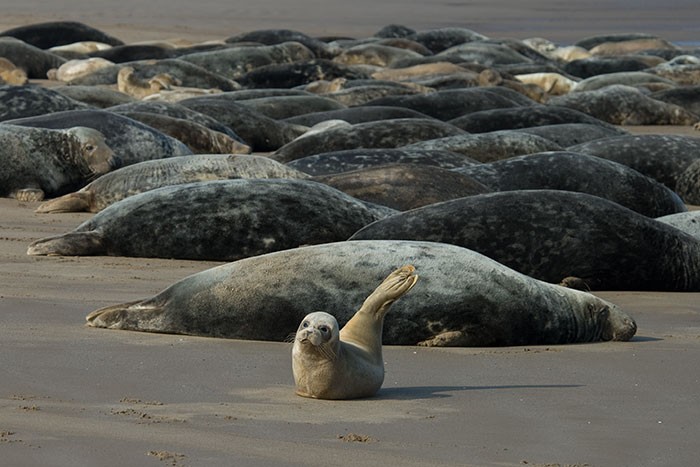 Image: Jpacarter at en.wikipedia [GFDL (http://www.gnu.org/copyleft/fdl.html) or CC-BY-3.0 (http://creativecommons.org/licenses/by/3.0)], from Wikimedia Commons
Image: Jpacarter at en.wikipedia [GFDL (http://www.gnu.org/copyleft/fdl.html) or CC-BY-3.0 (http://creativecommons.org/licenses/by/3.0)], from Wikimedia Commons By Caroline Dunn
MSc in Biodiversity, Conservation and Ecotourism, @Caroline005
There are two seal populations that breed around the British Isles: the grey seal (Halichoerus grypus) and the harbour/common seal (Phoca vitulina vitulina). Approximately 45% of the world’s grey seal population are found in the British Isles (182,000) and 90% of this population breed in Scotland. Approximately 33% of the world’s common seal population is found in the British Isles (27,430) and 85% of this population in Scotland.
Seal populations within the British Isles have faced a number of threats: the 1988 outbreak of Phocine distemper virus (PDV) reduced the common seal population by 52% in some areas, and a further outbreak in 2002 lead to a further 22% decrease. Some populations of the common seal are still struggling to recover and many are actually in decline, which is of great concern to conservationists. However, the grey seal population has been steadily increasing. It is believed that the population has reached its peak, as population numbers appear to be levelling out.
The increase in grey seal numbers has contributed to the conflict with humans, particularly the fishing industry. In many countries around the world an annual seal slaughter takes place to control the size of the populations. For example, in both Norway and Iceland it is estimated 5,000- 7,000 seals are killed each year. Within England and Scotland official seal culls no longer take place. However, there have been suggestions of ‘secret seal culls’ taking place around very remote locations in sea lochs around Scotland. It is thought that the slaughter of seals each year could account for up to 5,000 individuals.
The Seal Conservation Act
Until recently, the Seal Conservation Act of 1970 was the only legislation controlling the management and conservation of seal populations in the UK. It has been suggested that this act was flawed as it allowed fishers to shoot seals that were within the vicinity of their equipment or fish stock. This allowed unregulated killing outside the closed seasons and also unlicensed killing of seals by fisheries even during the closed season. The recent Marine Act passed in Scotland in 2010 states that the killing, injuring or taking of seals (intentionally or recklessly) without license is now an offence.
The recent introduction of the Marine Act has greatly reduced the actions that fishers can take to protect their equipment and fish stock. Many would argue that this is a step in the right direction because it will protect seal populations. Others argue it is ruining the fishing industry that has been the life blood of many coastal communities, particularly in Scotland.
Looking at this issue form a conservationist view point, it is easy to say that fishermen have over fished and that is why they are struggling to compete against increasing seal populations. Also, there are many other marine mammals in the oceans around the British Isles consuming more fish than the seal populations ever could, why not blame them? However, looking at the human element, it is possible to sympathise with communities and fishermen working within a very challenging environment and having to watch what appears to be an ever increasing populations of seal taking fish from nets and from fish farms, costing thousands of pounds every year. In addition to this, legislation has been passed that makes is much more difficult to protect equipment and fish stock. I for one can understand the frustration this must cause, but finding a solution that is cost effective, conserves wild populations, while also protecting livelihoods, is a very daunting task.

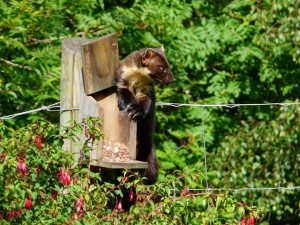
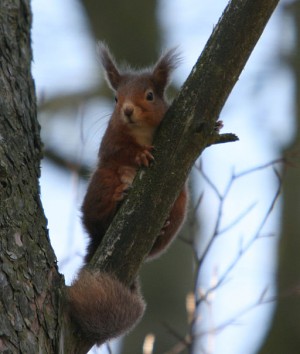
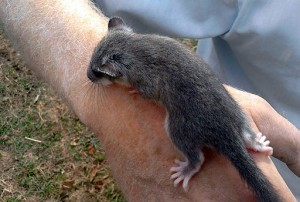
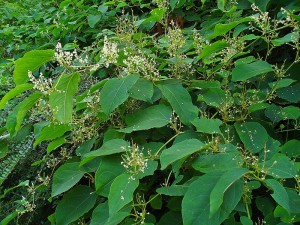
No comments yet.